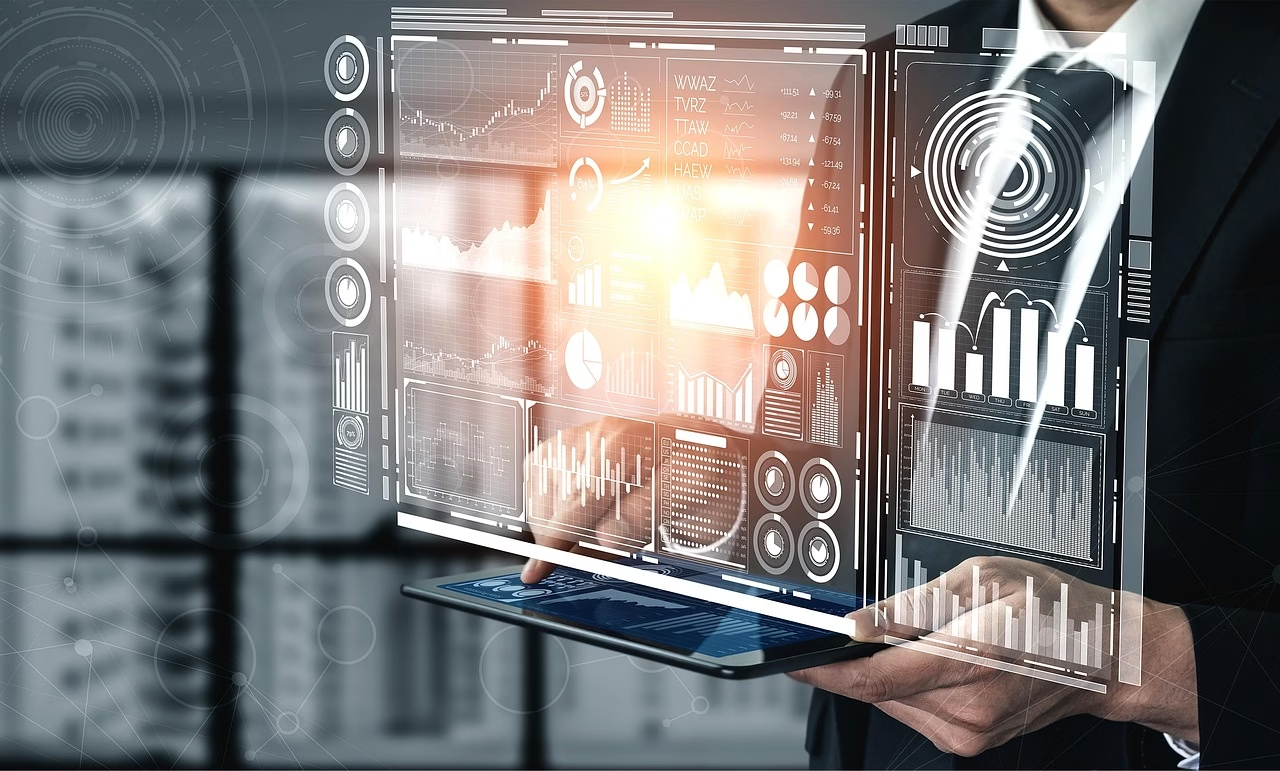“AI-Powered Cybersecurity: Fighting Hackers with Algorithms”
July 14, 2025 | by Olivia Sharp

AI-Powered Cybersecurity: Fighting Hackers with Algorithms
In an era defined by relentless digital transformation, cybersecurity has become an increasingly sophisticated race — and artificial intelligence (AI) stands at the frontlines. From thwarting ransomware to detecting subtle anomalies, AI-driven defenses are reshaping how we protect digital assets. As someone deeply immersed in AI research, I see firsthand how these technologies move beyond hype to tangible real-world impact, turning the tide against cyber threats.
The Changing Landscape of Cyber Threats
The complexity of cyberattacks has exploded in recent years. Gone are the days when malware and phishing alone posed the biggest risks. Today’s attackers leverage automation, social engineering, and zero-day vulnerabilities, often using AI themselves to probe defenses. This escalating sophistication demands more than traditional security tools can offer — it calls for adaptive, intelligent systems capable of evolving alongside threats.
Why AI is a Game-Changer in Cybersecurity
At its core, AI excels in pattern recognition, anomaly detection, and predictive analytics — capabilities that provide cybersecurity teams with enhanced visibility and automated responses. Unlike rule-based systems limited to predefined signatures, AI models learn from vast datasets to uncover hidden, emerging threats in near real-time.
“AI is not just an add-on to cybersecurity; it fundamentally transforms the way we identify and neutralize hazards.”
Some of the key advantages AI brings to the security table include:
- Speed: Machine learning algorithms rapidly analyze enormous volumes of network traffic and event logs, identifying suspicious activity much faster than human analysts.
- Adaptability: AI systems evolve by continuously learning from new data and attack vectors, helping organizations stay one step ahead of hackers.
- Accuracy: Through advanced behavioral analysis, AI reduces false positives and highlights real threats that might otherwise go unnoticed.
Practical Applications That Matter Today
To truly appreciate AI’s role, it’s important to look at concrete, practical applications that organizations have adopted successfully:
1. Threat Detection and Prevention
AI-powered security platforms monitor network traffic and endpoint activity to detect subtle deviations from normal patterns. For example, if an employee’s device suddenly starts transferring large amounts of data at unusual hours, AI flags this anomaly for rapid investigation.
2. Automated Incident Response
Once a threat is identified, AI-driven systems can automatically trigger containment protocols — isolating infected machines, blocking malicious IPs, or quarantining suspicious files — all without waiting for manual intervention. This drastically reduces reaction time and limits damage.
3. Fraud Detection in Financial Services
Financial institutions increasingly rely on machine learning models to spot fraudulent transactions. These systems analyze user behavior in real-time, catching subtle discrepancies like unusual spending patterns or login locations that traditional methods might miss.
4. Enhancing User Authentication
Behavioral biometrics powered by AI adds an extra layer of security by continuously verifying a user’s identity based on typing patterns, mouse movements, or even device handling, reducing dependence on static passwords.
The Human-AI Synergy
While AI adds significant muscle to cybersecurity strategies, it’s not a silver bullet. Human expertise remains essential to interpret AI findings, fine-tune models, and make strategic decisions. The optimal approach combines machine efficiency with human intuition and oversight.
This synergy is especially crucial given the ethical considerations in deploying AI — such as avoiding bias, ensuring transparency, and maintaining privacy. Responsible innovation demands that AI systems not only secure but also respect the rights of users and organizations alike.
Looking Ahead: Challenges and Opportunities
The cybersecurity landscape will continue to evolve, with AI playing an increasingly pivotal role. However, adversaries too are harnessing machine learning, creating an arms race of algorithms. To stay ahead, organizations must invest not only in technology but also in cultivating skilled professionals capable of interpreting AI outputs and adapting defenses dynamically.
Moreover, collaboration across industries and governments will be critical to share threat intelligence securely and develop robust countermeasures. AI-powered cybersecurity will thrive in an ecosystem openness combined with vigilant, ethical stewardship.
Conclusion
We stand at a turning point where AI transforms cybersecurity from reactive defense to proactive resilience. By leveraging intelligent algorithms, organizations can detect, respond to, and even predict attacks with unprecedented precision and speed. As we integrate these technologies thoughtfully, they promise not only to safeguard our digital assets but to unlock new horizons for secure innovation.
In this constantly shifting terrain, AI is not just a tool—but a powerful ally in the ongoing fight against cyber adversaries.

RELATED POSTS
View all



